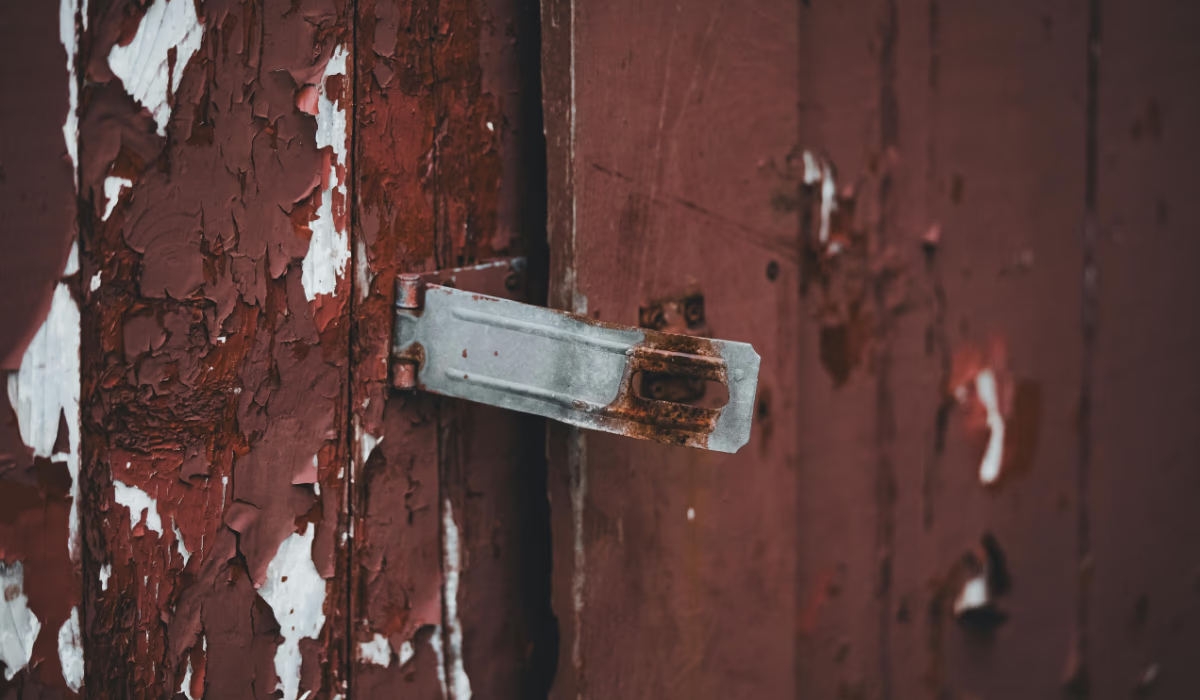Rust can make metal objects look worn out, but that doesn’t mean they’re beyond repair. With the right preparation and materials, you can repaint rusted surfaces and give them a clean, durable new look. Whether you’re dealing with outdoor furniture, fences, or decorative accents, careful treatment helps extend the life of the item and keeps it looking sharp.
This guide explains how to assess the condition of the metal, prepare it for painting, apply primer, and finish with the right paint for long-term protection.
Checking the Condition of Rusted Metal
Not all rusted pieces can be saved. If the metal has deep holes, crumbles under pressure, or feels structurally weak, repainting won’t solve the problem—it may need replacing. On the other hand, if the rust is only on the surface, painting is usually possible.
Look closely at the texture. If you can remove loose rust with a brush or scraper without the surface breaking apart, then the item is suitable for repainting.
Preparing the Surface Before Painting
Preparation is the most important part of this process. Start by scraping away flaking rust with a wire brush or putty knife. Then use sandpaper to smooth the edges and create a surface that paint can stick to.
Once the rust is removed, wash the item with a cleaner or degreaser to eliminate dust, grease, and residue. Rinse thoroughly and let it dry completely. Any leftover dirt or moisture will cause the paint to peel later.
Priming Rusted Metal
After cleaning, it’s time to prime the surface. A rust-inhibiting primer or rust converter works best. Rust converters chemically stabilize small patches of rust, turning them into a solid layer that can be painted over.
Primers made for metal not only help the paint stick but also create a barrier against future rust. Apply an even coat and allow it to dry as directed before moving on to painting.
Painting the Metal Surface
Use paint formulated specifically for metal surfaces. Oil-based or enamel paints usually give the best protection. Apply thin layers, letting each one dry before adding the next. Several light coats last longer and look better than one heavy coat.
If the item will be outdoors or in humid conditions, consider adding a clear topcoat for extra durability. Regular upkeep—such as wiping away moisture and touching up chips—also helps prevent rust from returning.
Mistakes to Avoid
- Skipping surface prep: If loose rust or dirt remains, paint will not adhere.
- Using the wrong paint: Regular wall paint will not protect metal effectively.
- Applying thick coats: Heavy layers peel and crack more easily than thin ones.
- Ignoring safety: Always wear gloves, goggles, and a mask when sanding or handling chemicals.
Conclusion
Painting rusted metal is all about preparation. Clean thoroughly, use the right primer, apply multiple thin coats of quality paint, and finish with a protective layer if needed. With patience and care, rusted items can be transformed into durable, attractive features again.
FAQs
Can you paint directly over rust?
You can, but only if the rust is light and stable. Loose flakes must be removed, and a rust-blocking primer should be applied first.
What kind of primer works best on rusted metal?
Rust-inhibiting primers or rust converters designed for metal surfaces provide the best results.
How many coats of paint should I apply?
At least two thin coats are recommended. Additional coats may be needed for outdoor items or heavy-use objects.
How can I keep rust from returning after painting?
Keep the surface clean and dry, apply a protective topcoat, and touch up any scratches or chips quickly to stop rust from spreading.







